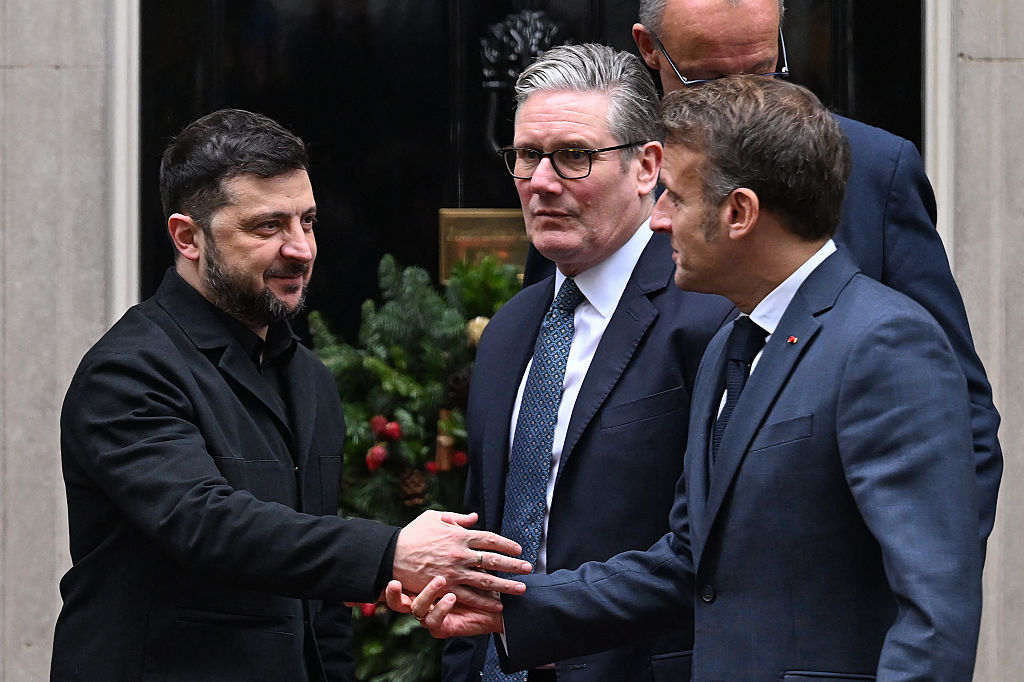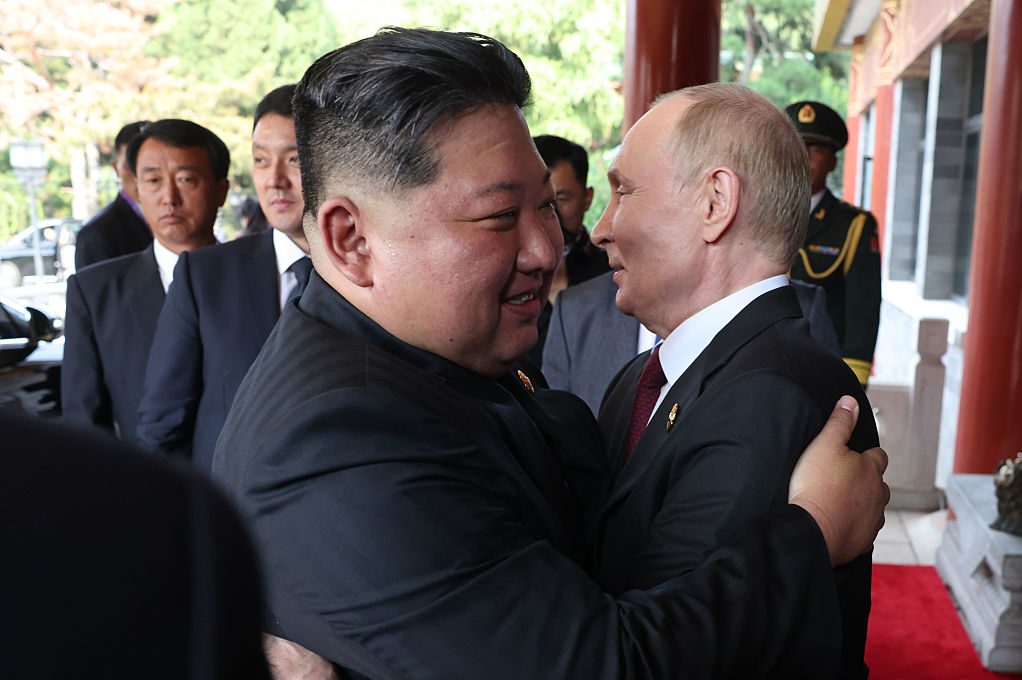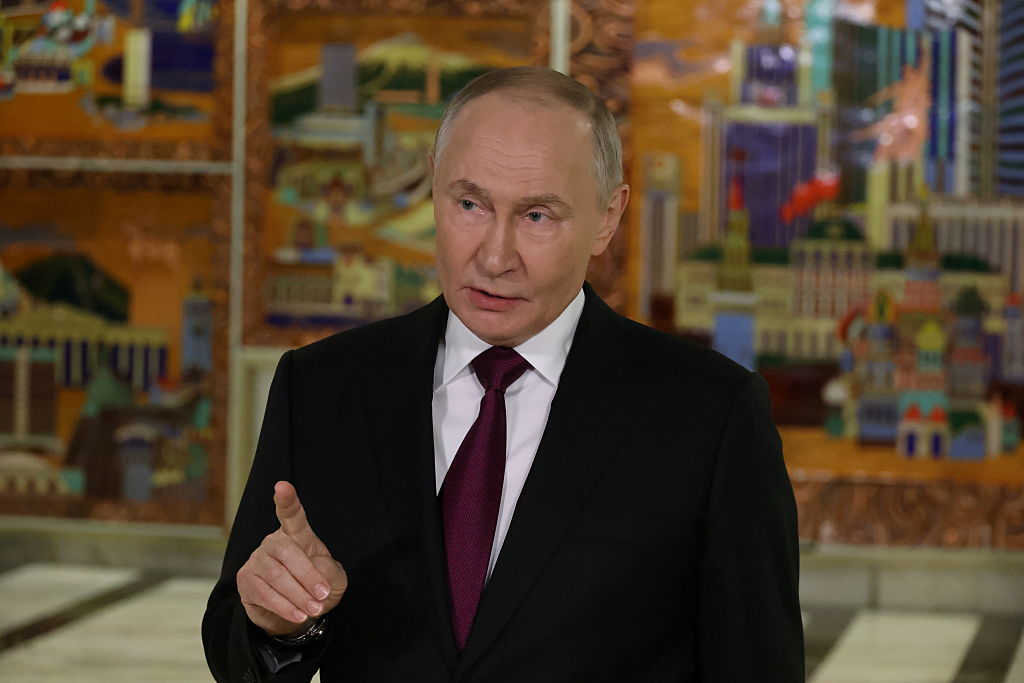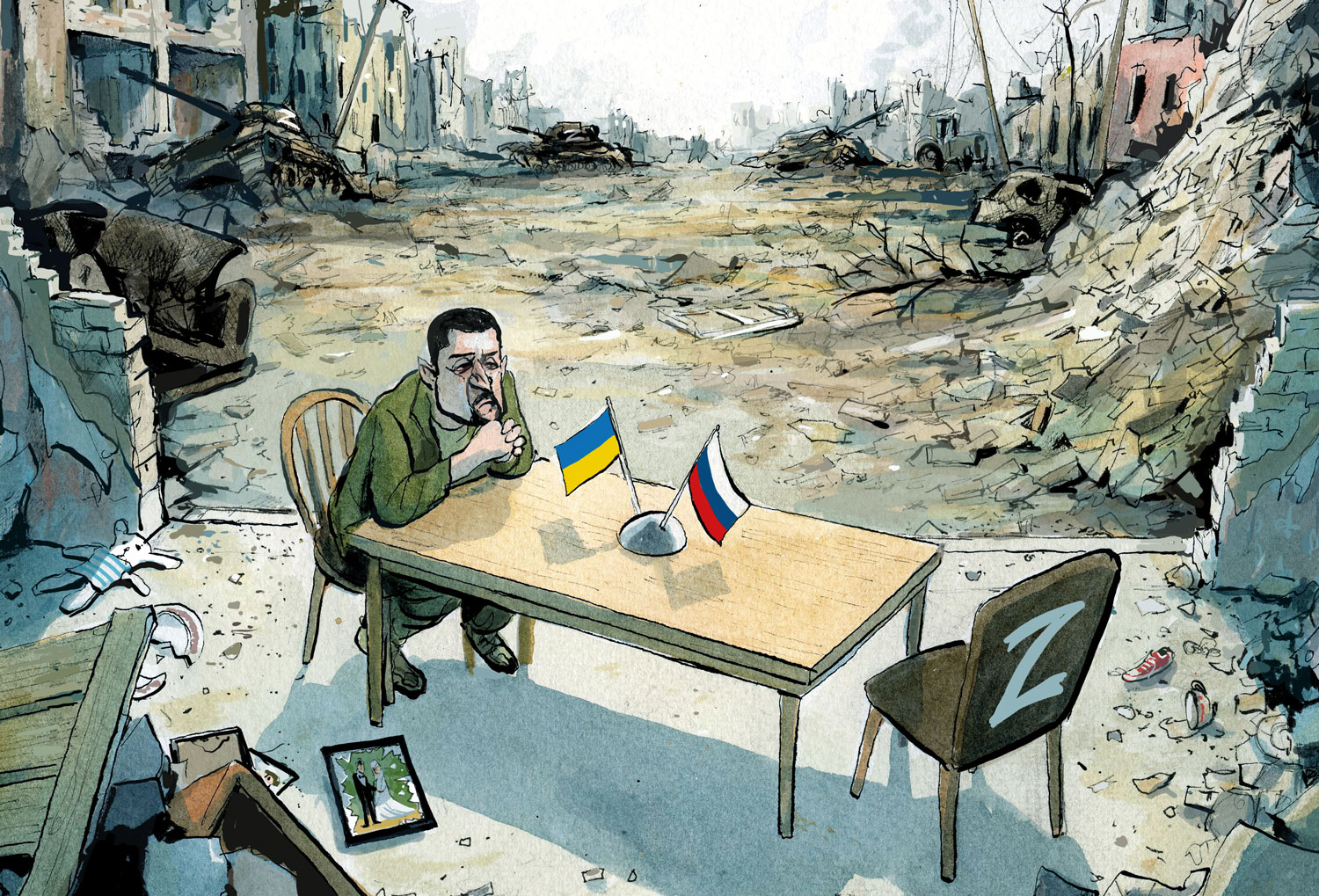As the battlefront news for Ukraine turns grim, with even the New York Times conceding that “Ukrainians in [the] East” are “outnumbered and worn out,” the hope, as usual, is that a magic weapon will save the day.
We have seen many such invocations in the last twelve months: Javelin anti-tank missiles, Stinger anti-aircraft missiles, M777 Howitzers, HIMARS long-range precision missile launchers, assorted Western tanks. All have been hailed in their time as potentially tipping the balance against Putin’s hordes. None have succeeded, or, in the case of as yet undelivered tanks, are likely to succeed, in altering the fundamental military balance in the war, though they contribute much to the balance sheets of the relevant Western arms corporations. Now the embattled Zelensky is calling for “wings for freedom,” jet fighters that will “close the sky,” according to one of his advisors, helping to “destroy practically any target in the air or on the ground.”
Such paeans to the wonders of air power are sure to send a flutter through the hearts of the aerospace lobby, but in fact manned aircraft appear to be playing little role in this war, and the addition of the various models under excited discussion, F-16s, Typhoons, Gripens, are highly unlikely to make any substantive difference — especially since they would not arrive for a year or more.
To be sure, air power has played a major role in American invasions of other countries, in which ground operations have been preceded by massive aerial bombing campaigns to suppress whatever air defenses the targeted country might possess. Even the Taliban’s motley assortment of aging MiGS and radars was subjected to weeks of methodical pounding in 2001, an exercise repeated on Iraq in 2003.
These operations were highly complicated affairs, involving close coordination of hundreds of aircraft with different missions, which the Ukrainians would be unable to supply. US war plans for confrontation with the Soviet Union during the Cold War called for similar “degradation” of Soviet air defenses, an approach given practical expression in the 1999 Kosovo war. It must be said that despite weeks of bombardment and bombastic claims from NATO of massive damage to the enemy, the Serbian military emerged from Kosovo relatively intact, calling into question the whole notion that air power can prove decisive against a well prepared enemy. (The Serbs proved adept at both camouflage and decoys, including microwave ovens deployed as fake radars.)
In Ukraine, both sides are well equipped with ground-based air defenses inherited from the old Soviet arsenal. As a Royal United Services Institute report noted early in the war: “The immediate lesson is that Russia’s failure and Ukraine’s inability to conduct successful suppression and/or destruction of enemy air defenses… has crippled the battlefield effectiveness of both air forces.” Hence the limited role played by manned aircraft in the war. Unmanned drones, on the other hand, have played a hugely significant part in the fighting, both as offensive weapons — most spectacularly those deployed by Russia against the Ukrainian electrical grid — and “spotting” for artillery and missiles.
Neither side has an aircraft capable of operating with any degree of safety in close support of troops on the ground. The Russians’ SU-25 Frogfoot appears to have been conceived for such a role, but it is highly vulnerable to ground fire. The US Air Force’s A-10, on the other hand, was carefully and ingeniously designed to survive over a heavily defended battlefield and might indeed be useful to the Ukrainians, especially against Russian armor. But the Air Force, congenitally averse to any distraction from its chosen mission of strategic bombing, has been trying to get rid of its remaining force of A-10s for years and would never countenance any deployment to Ukraine.
The costly (certainly by comparison with the A-10) fighters being touted to destroy “practically any target” are unlikely to do anything of the kind, a fact that the Ukrainian military probably understand very well. But that is not the point. Every new weapons system gifted, if only in the form of promises, to the Ukrainians deepens Western involvement and makes the war ever-less “proxy” and more of a direct confrontation with nuclear-armed Russia. People may talk of a “new Cold War,” but that’s out of date now.

























